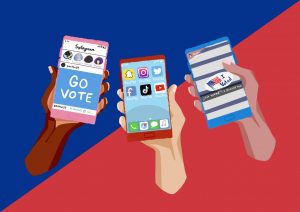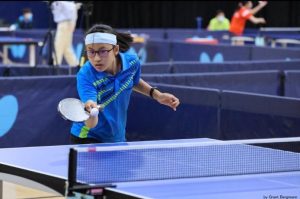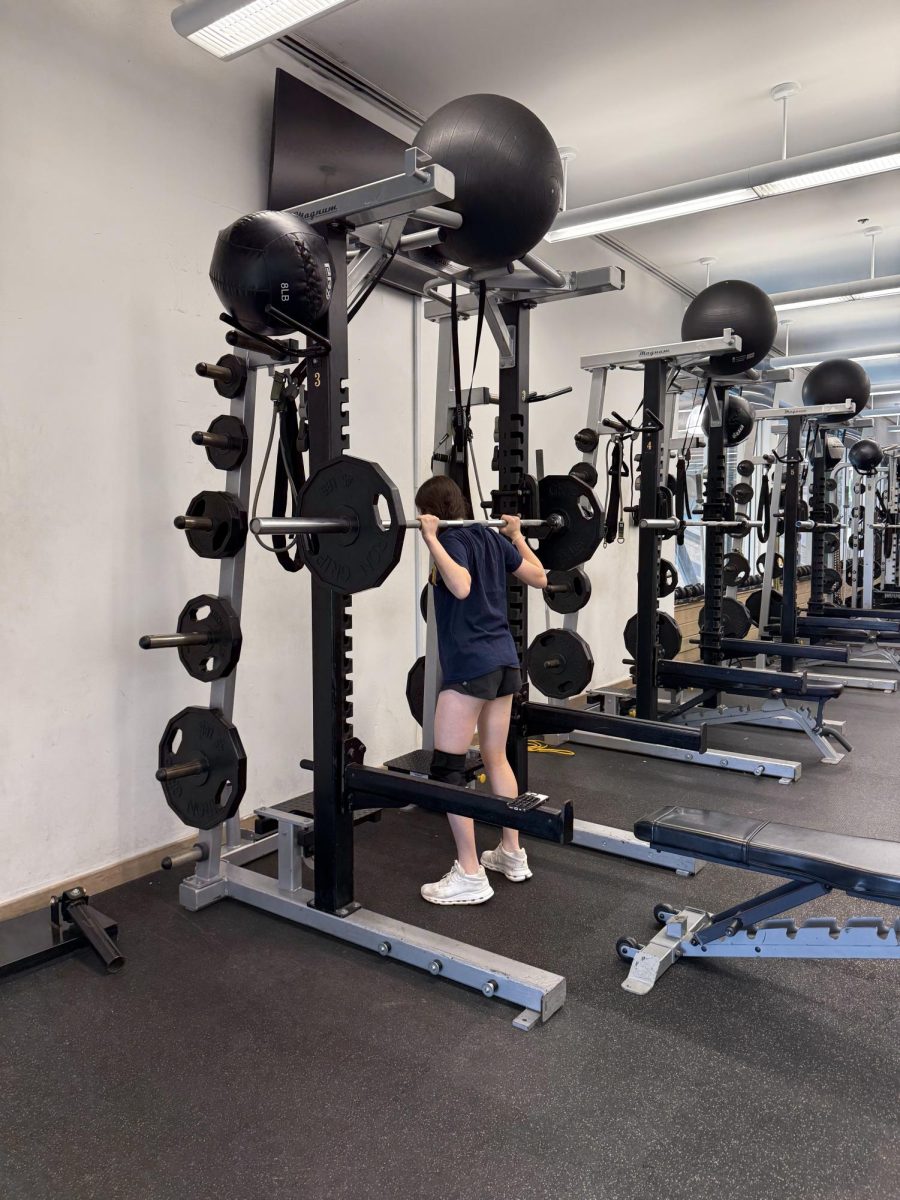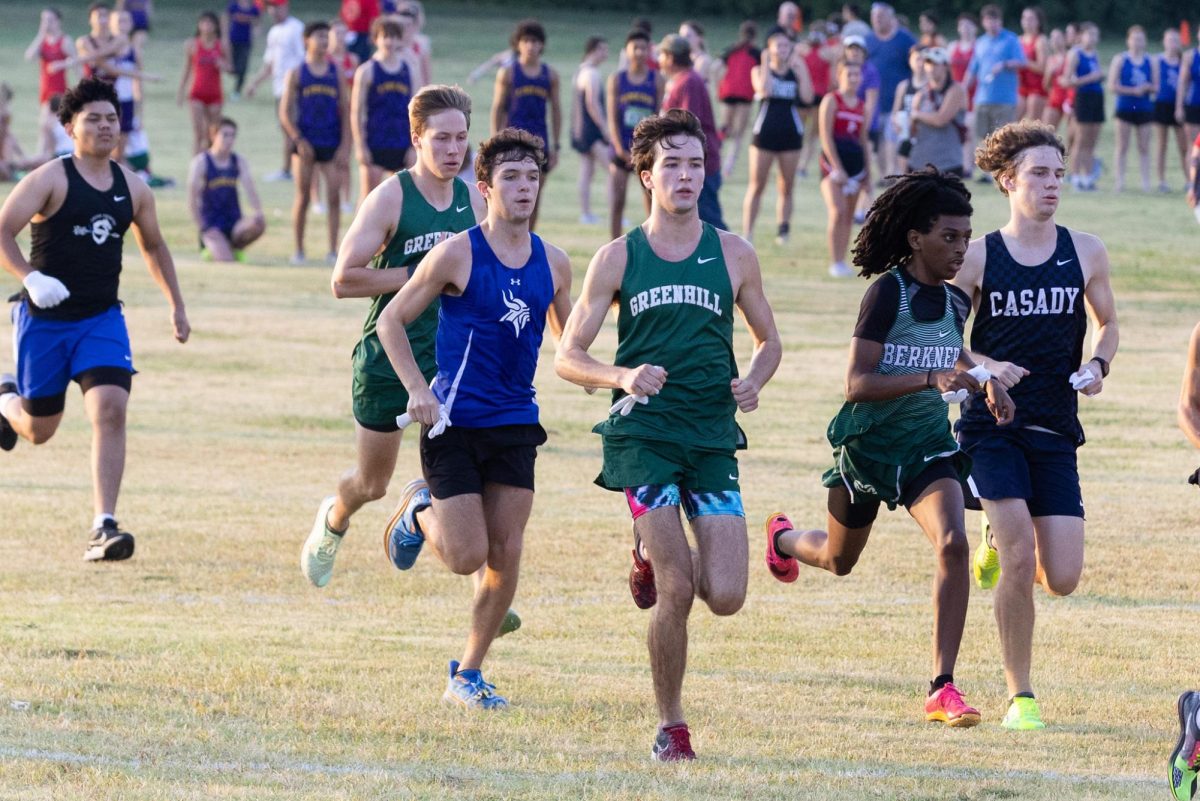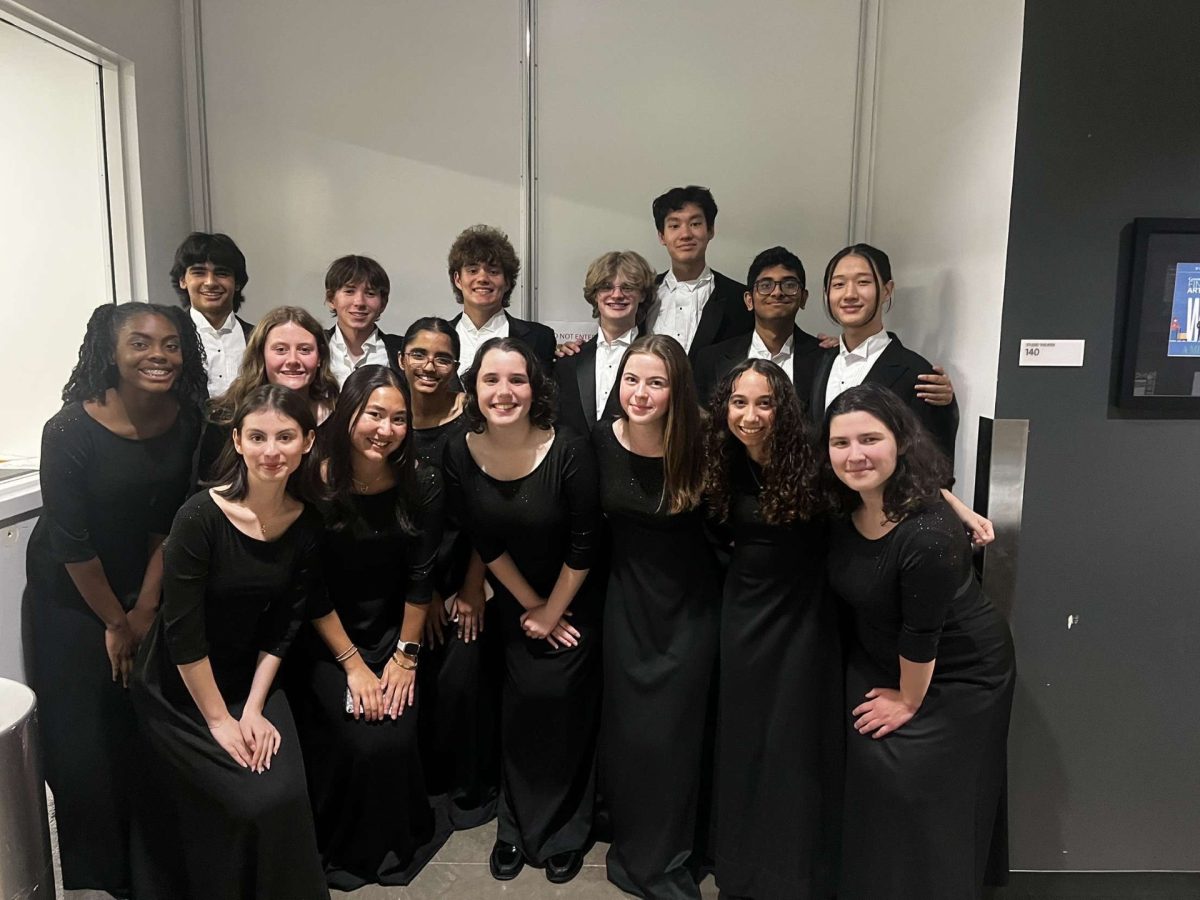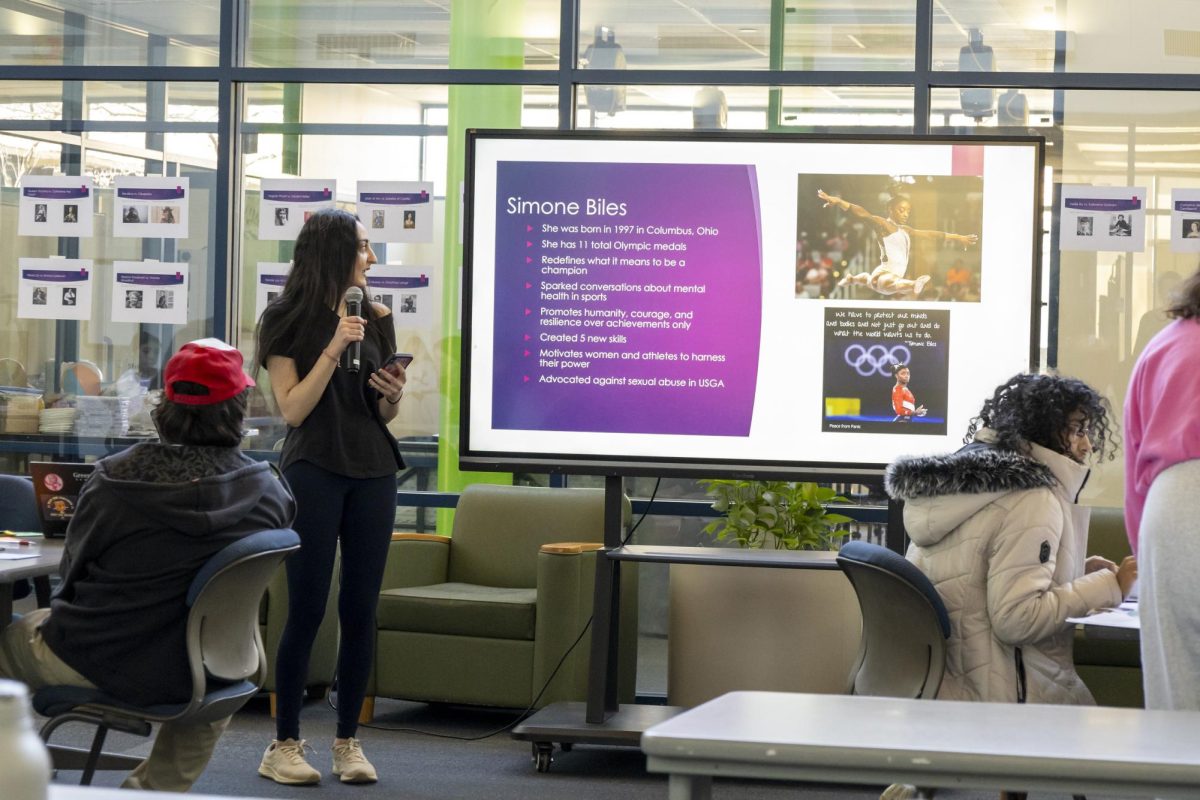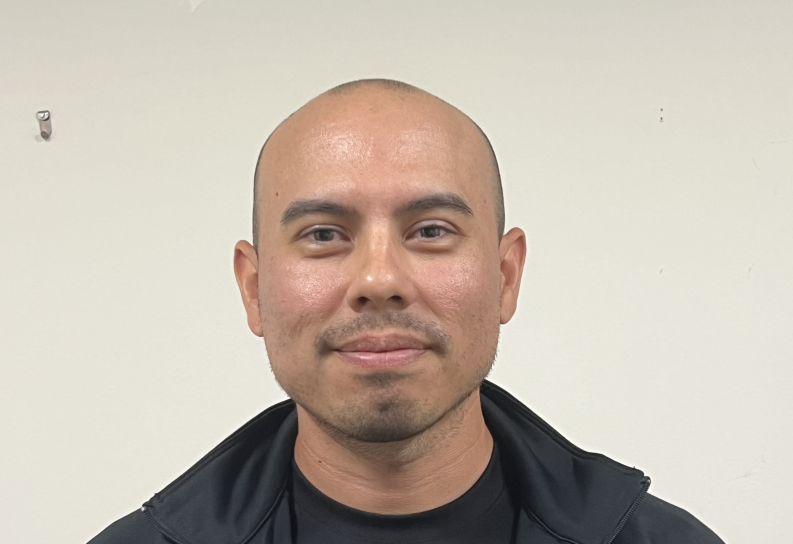The Return to “Normal” After Remote Learning
May 17, 2021
For eighth-grader Shreya Chhaya, returning to Greenhill’s campus in February meant a delightful increase in social interaction, an environment more conducive to engaged learning, and most of all, adjustment.
Chhaya is the face of Greenhill’s latest efforts to manage the COVID-19 crisis that has upended campus life over the past year. As of Feb. 23, 82% of Greenhill’s 1,279 students had returned to campus, including 86% of Preschool students, 77% of Lower School students, 83% of Middle School students and 81% of Upper School students.
Chhaya says there is a clear difference between in-person school and online school.
“I prefer in-person school because it’s easier to socialize with friends especially if your other friends are in-person like mine were,” Chhaya said.
For Chhaya, the lack of social interaction is a huge drawback to online learning. Students say the consequential social rift between in-person and online learners becomes stronger with time.
According to the National Center for Biotechnology Information, “Adolescence (the stage between 10 and 24 years) is a period of life characterized by heightened sensitivity to social stimuli and the increased need for peer interaction.”
Despite this insufficiency being more pronounced for the people who are not on campus, Chhaya says she was able to stay connected even before her return to campus.
“I’d message my friends during the school day, and we would do FaceTime sometimes, either to do homework or just to talk,” Chhaya says.
From “Normal” to At-Home
Some students who opted for online learning at the beginning of the school year made the decision to come back in person only to return by the next month.
Eighth-grader Daniela Hallack is one of those students. She was online until November, and, after two weeks of being at school, she decided to go back to at-home learning.
Eventually, though, Hallack made the decision to return to campus for the remainder of the school year in March.
“I decided to come back because I knew it would benefit my mental health,” Hallack said. “My family got vaccinated, which led to a layer of protection against the coronavirus.”
Hallack explains how she feels that although it may be hard for students to return to in-person school, it is a great opportunity to see people and experience more human interaction.
Challenges of At-Home Learning
“Not seeing people as much is hard,” said Hallack. “Being able to connect with them [via your phone is nice], but it’s definitely not the same as real human interaction.”
While at home, students are experiencing isolation at a time they would normally spend socializing with their peers at school. This breeds a feeling of exclusion as a result of the inability or difficulty to interact through digital means.
“Online, it’s definitely hard if the Wi-Fi keeps cutting out,” Chhaya said. “I know that’s a problem that happens pretty often.”
Hallack says another challenge of online learning is “staying focused with all the distractions” at home. She says that being in-person makes focusing a lot easier.
“Seeing people, you’re kind of forced to focus,” Hallack said.
A Clear Preference
Both Chhaya and Hallack say in-person learning is a far better experience than the months they spent at home.
While learning from the comfort of home is nice in some respects, it doesn’t compare to the optimal learning environment of being in a classroom.
Many online students have shared these sentiments, citing challenges like missed information, added stress and the overall inability to focus.
The more conversational learning in-person is another part of the human interaction piece that is missing online. A huge part of learning is being able to digest the material in a hands-on learning environment.
Head of School Lee Hark says he recognizes the difficulties of online learning for students and teachers.
“The biggest challenge is for our teachers to manage on-campus and stay-at-home learners simultaneously,” Hark said in an email interview.
“Doing so requires our faculty to rethink everything they do in the classroom, and it takes an extraordinary amount of energy, patience, and flexibility,” Hark added. “Making sure all of our learners are engaged and included – no matter the platform – is really hard work.”
For both Hallack and Chhaya, all the struggles with online learning are dissolved upon the return to school.
Looking Ahead
Now, since all students will be returning to campus next fall, people are starting to think about how to facilitate the transition for students who have not been on campus for an extended period of time.
Hark says the transition takes time.
“We need to remember that it takes time to adjust to being back on campus and to be patient and supportive of those going through that transition,” he said.
Still, more challenges exist in the realm of pandemic safety protocols. Hallack says the health and safety protocols are necessary but that the school doesn’t always do a good job of enforcing them.
“I mean obviously they’re doing the best they can, but you can’t force people to wear masks and stay socially distanced,” Hallack said. “I just feel like it could be better.”
In the end, the preference for in-person school is strong. Both students are glad to be finished with online learning and back on campus.
“I just like how it feels more normal, even if you have to wear a mask and stay socially distanced, than being completely online,” Chhaya said.


